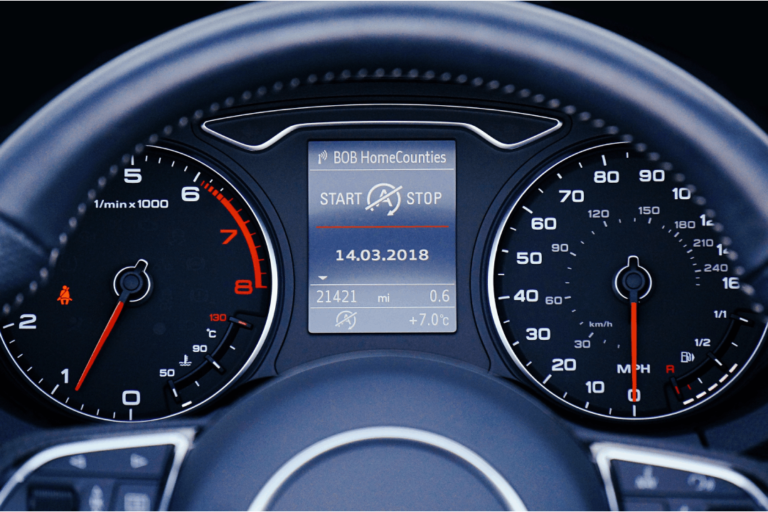DTC REMOVAL
Clearing the Path: Why You May Need to Remove DTC Codes from Your Car
Modern cars are marvels of technology, equipped with onboard computers that constantly monitor various systems and components. When an issue is detected, a Diagnostic Trouble Code (DTC) is generated and stored in the vehicle’s computer memory. While DTCs are invaluable for diagnosing problems, there are circumstances where you may need to remove or clear these codes.
Understanding Diagnostic Trouble Codes (DTCs)
DTCs are alphanumeric codes generated by the car’s Engine Control Unit (ECU) or other onboard computers. They serve as diagnostic tools to pinpoint problems within the vehicle’s systems and components. When a malfunction or fault is detected, a corresponding DTC is stored, and the Check Engine Light (CEL) or Malfunction Indicator Lamp (MIL) typically illuminates to alert the driver.
Why You Might Need to Remove DTC Codes
1. Routine Maintenance: After resolving a specific issue that triggered a DTC, it’s advisable to clear the code to ensure that it doesn’t mask new problems that may arise in the future. This is especially important when performing regular maintenance tasks, such as changing sensors or components.
2. Passing Emissions Testing: Many regions require periodic emissions testing, and having unresolved DTCs can lead to a failed test. Clearing DTCs can help ensure your car meets emissions standards and passes inspection.
3. Restoring Performance: Certain DTCs can lead to reduced engine performance or trigger a “limp mode” that limits your vehicle’s capabilities. Clearing these codes can restore normal performance.
4. Preventing False Alarms: In some cases, a faulty sensor or momentary issue can trigger a DTC that is not indicative of a genuine problem. Clearing such codes prevents unnecessary trips to the mechanic and the associated diagnostic costs.
5. Used Vehicle Purchase: When buying a used car, it’s a good practice to clear DTCs to ensure that any existing issues have been addressed by the seller. It’s also a way to start with a clean slate in terms of monitoring the vehicle’s performance.
Clearing DTC Codes Safely
It’s important to note that clearing DTCs should be done judiciously and responsibly. Here are some key points to keep in mind: Before clearing DTCs, ensure that the underlying issue triggering the code has been resolved. Otherwise, the code is likely to return.
-
Address the Root Cause: Before clearing DTCs, ensure that the underlying issue triggering the code has been resolved. Otherwise, the code is likely to return.
-
Use a Scan Tool: At Precision Auto Tuning, we use a quality OBD-II (On-Board Diagnostics) scan tool to clear DTCs. Modern vehicles often have multiple control modules, and a scan tool can access all of them to clear codes comprehensively.
- Keep Records: Maintain a record of DTCs, the date they were cleared, and the actions taken to address the associated issues. This documentation can be helpful for future maintenance and troubleshooting.
Diagnostic Trouble Codes are invaluable tools for identifying and addressing issues in your car’s systems. However, there are valid reasons for removing or clearing these codes, such as routine maintenance, emissions testing, and performance restoration. When clearing DTCs, always ensure that the underlying problems have been resolved and follow safe and responsible procedures to maintain your vehicle’s reliability and performance.

